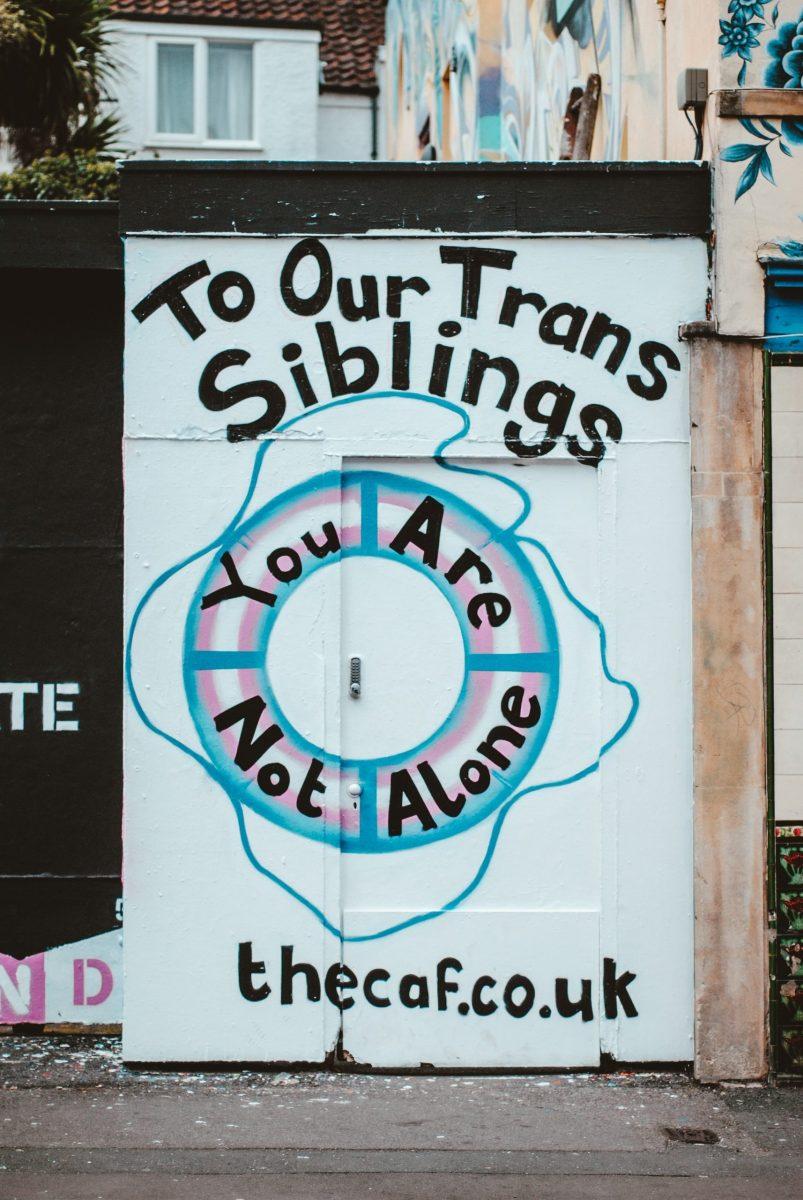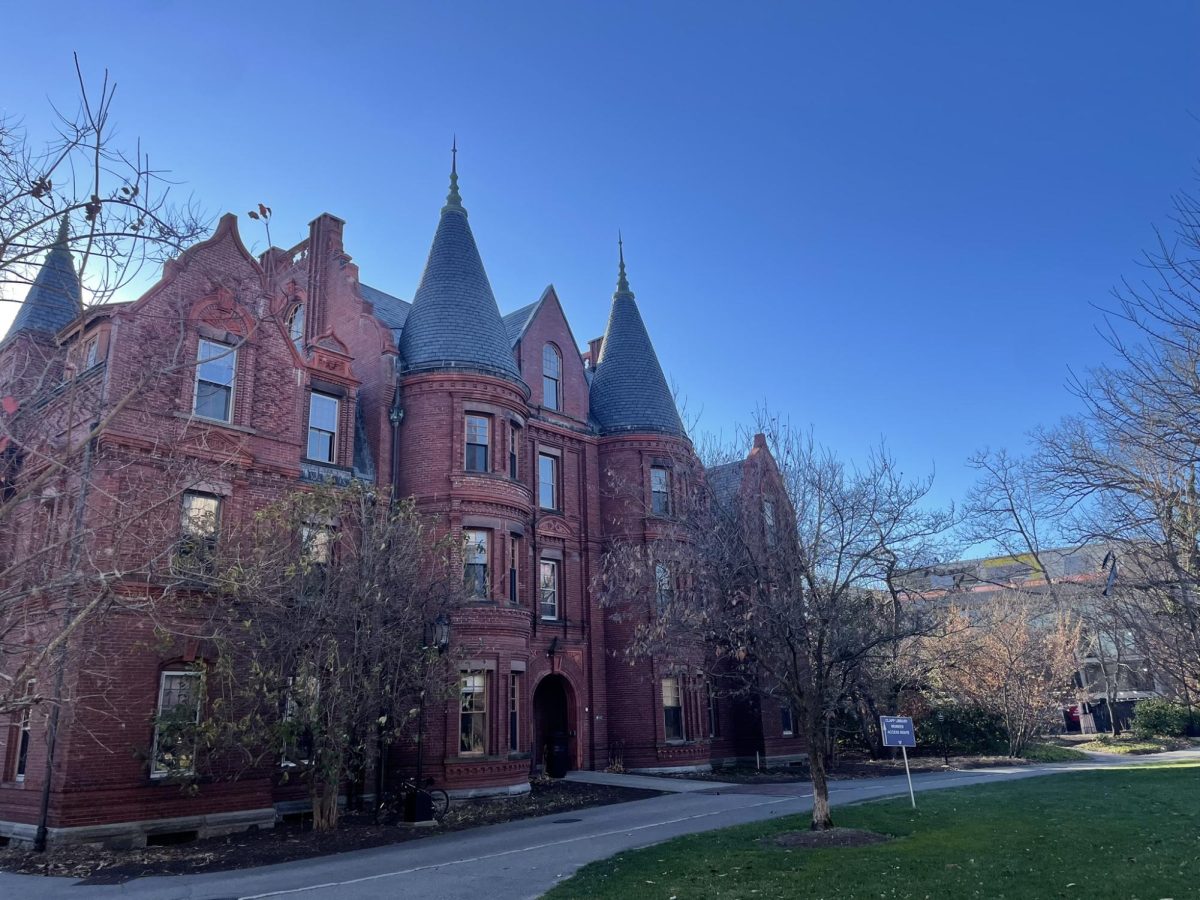The few people who actually endured Wellesley at its peak of COVID-19 restrictions during the 2020-2021 school year will likely agree with me when I say that my few moments of joy were experienced outside where safe distancing without masks was possible. When I woke up to a winter wonderland outside one February morning, I immediately scavenged for a cardboard box to (not-so) gracefully slide down Severance Green. After wrapping myself in layers of sweaters and jackets, I proceeded to have the time of my life half sledding, half tumbling down the hill.
Until, that is, Campus Police showed up and told me that guests weren’t allowed on campus due to the College’s COVID-19 restrictions at the time. But the weather was so frigid that virtually no one else had dared venture outside — who had called the police on me? The only logical conclusion I could think of was that some student had likely seen me, a person with short hair and a long winter jacket hiding my figure, outside their window and assumed that I wasn’t a Wellesley student — and therefore didn’t belong on campus — based on my perceived gender as male. While I do identify as a woman, this incident was deeply painful as I thought about the vibrant community of transmasculine, transgender and gender nonconforming students on campus who have continuously fought for their right to be, belong and be celebrated at Wellesley. The involvement of Campus Police in this incident was particularly concerning given the disproportionate impacts of policing on people of color, particularly transgender people of color.
Why am I telling a story from two years ago? The memory of this incident vividly resurfaced when I returned to campus and noticed the creation of a new account on Instagram called “WhoseMansWellz.” The original bio read, “Calling out the boys we see on campus #gtfo / #HistoricallyWomensCollege / DM us if u spot any.” Later, “#gtfo” was deleted, “boys” was edited to “non-Wellesley boys” and “want to create a safe space” was added. True to its bio, the account posted photos of men on campus with an emoji blocking their faces, submitted by Wellesley students.
To be clear, this account was actively harmful because it reinforced a hostile environment for masculine-presenting Wellesley students, especially trans-masculine students. By asking for student submissions, it encouraged students to engage in gender policing on campus, simultaneously upholding bioessentialist standards of masculinity and exclusionary standards on who belongs at Wellesley.
While the account has since been deleted, it is worth thinking about the root issues on campus that encourage gender policing. The students that created the account may have been driven by implicit or explicit biases against (or ignorance of) the transmasculine community at Wellesley. The account’s creators should absolutely take accountability for the harm they’ve perpetuated. However, focusing only on the individuals who created the account doesn’t answer the question of what encourages these biases or ignorance on campus. Wellesley’s website points to the answer; despite an increasingly diverse and outspoken transgender, transmasculine and gender nonconforming community on campus, Wellesley administration has doubled down on its “women-only” message, despite consensus within the student body that Wellesley is not a “women’s college” but rather a “historically women’s college.” By continuously using she/her pronouns in reference to the student body and describing all students as “Wellesley women,” college administrators and the Board of Trustees erase the existence of Wellesley’s trans community, a fact that The News has continuously reminded administration of in recent years.
Until the administration listens to trans students and their allies and ceases to rely on gendered programming and language in materials for prospective, current or past Wellesley students, it is up to the Wellesley community to create a safe space for the trans community. The least we — students, faculty, staff and administrators alike — can do is acknowledge the value that the men, transmasculine and nonbinary students at Wellesley currently provide and have been providing for many years.




